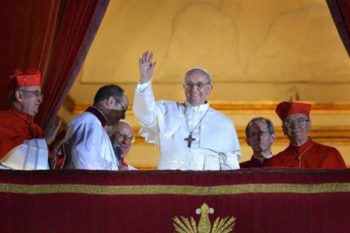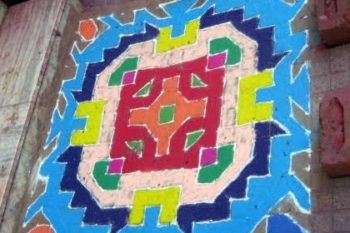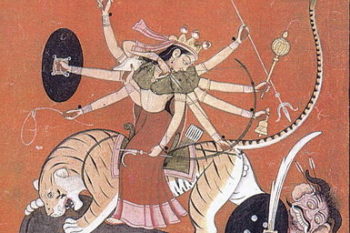One assignment for Religion class at school was a paper about different religions. I was seventeen and went to a Catholic school. I was only vaguely aware that there were other religions apart from Catholicism. For example, I knew about Judaism but only through biblical references. That assignment was an eye-opener for me; it helped me understand a little more about our society.
Although Argentina is officially a Roman Catholic country, our Constitution also guarantees freedom of religion. Everyone is free to practise theirs so long as this doesn’t impinge on other people’s rights or break the law.
Therefore, from the late 19th to the mid 20th centuries, all immigrants and ethnic groups fleeing persecution found in Argentina the peace and freedom they needed to practise their religion. Today there is a climate of tolerance and conviviality. However, there have been acts of discrimination against religious groups.
Jews are frequently targeted by haters, who usually attack them verbally. However, every once in a while vandals break into Jewish cemeteries and desecrate tombs. The most devastating terrorist attacks in the history of the country were the 1992 bombing of the Israeli Embassy in Buenos Aires (29 dead and 242 wounded) and the 1994 bombing of the AMIA building (the Mutual Benefit Society of the Jewish Community), which resulted in 85 dead and 300 wounded. There are different theories as to the identity and purpose of the perpetrators. No arrests have been made as yet.
The local Jewish community is said to be the sixth largest in the world and Judaism was introduced by European immigrants. The last big wave of immigrants from Eastern Europe came around the time of the Second World War, seeking refuge from the horrors of the concentration camps. Buenos Aires has the biggest Holocaust Museum in Latin America, where objects donated by those families can be seen, as well as temporary exhibitions.
Historical records show that the first Muslims came to what is now Argentina in the 1500s with the conquering Spanish armies. Since then there has been a steady trickle of Muslim immigrants. At first, they came from Turkey, Syria and Lebanon (like my father’s maternal ancestors). Nowadays, they come from Algeria, Ghana or Sierra Leone.
A while ago I took a guided tour of the King Fahd Mosque in Buenos Aires. As the Saudi Embassy is located on the premises, security was tight but unobtrusive. It was an enlightening experience since I’d never visited a mosque before.
King Fahd Mosque
Around the country, people practise some kinds of worship outside any established religion. Those cults arose from folk legends or are based on real people. It is customary to create small shrines or altars on the side of the road where people can stop and pay their respects. Take Difunta Correa for example. Legend goes that a woman and her baby crossed the desert in search of her sick husband, who had been recruited by one of the factions during the Civil War. She died of exhaustion and thirst but the baby miraculously survived because he continued to suckle until he was found. Some people believe that Difunta Correa works miracles and protects the travellers, who invoke her protection by leaving bottles of water as offerings.
Read more:
Canada’s cultural mosaic
Naming children: traditions in 13 different countries
Which are the most religious countries?







I didn’t know anything about this side of Argentina – very interesting post. The mosque seems big – even by Turkish standards! Are there synagogues in Buenos Aires too?
The mosque can accommodate 1500 men downstairs and 500 women upstairs for prayers.
There quite a few synagogues, especially in those neighbourhoods with a higher density of Jewish people, like Once or Villa Crespo in Buenos Aires.